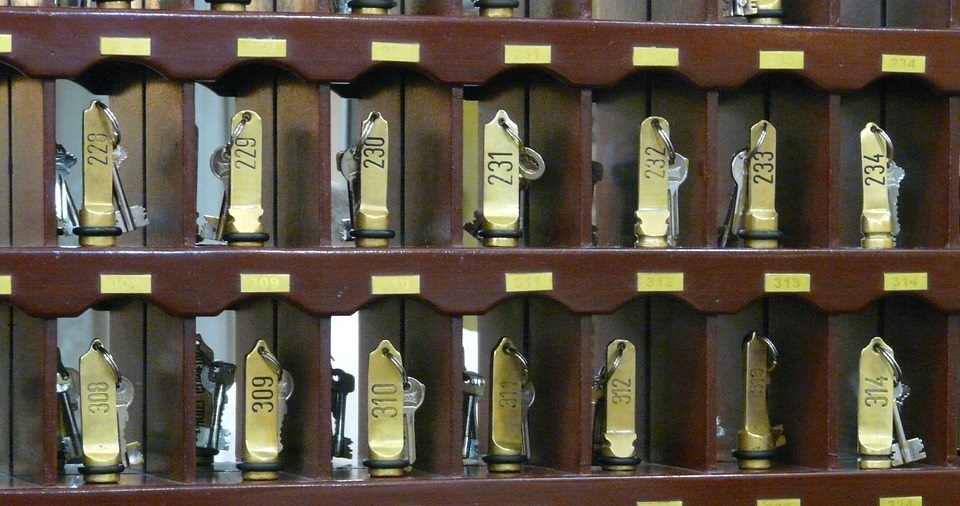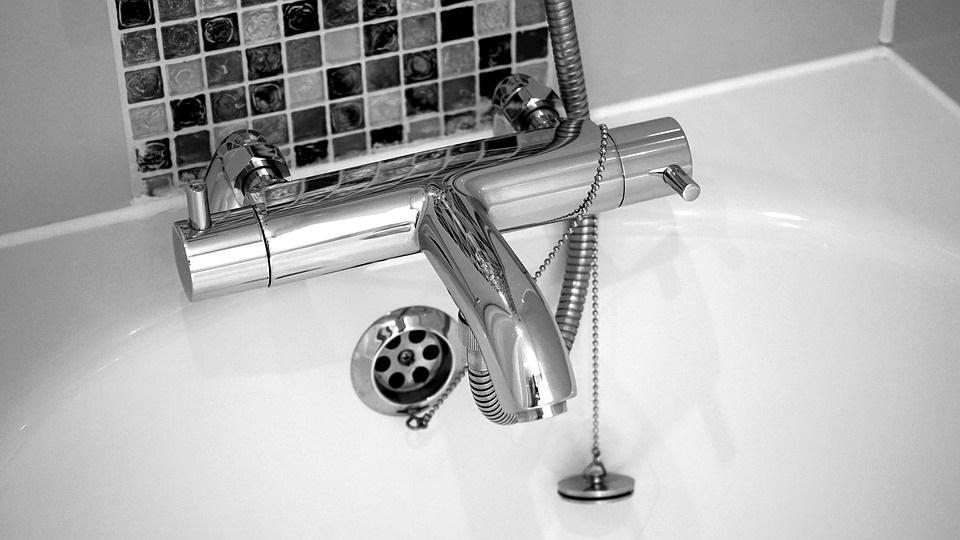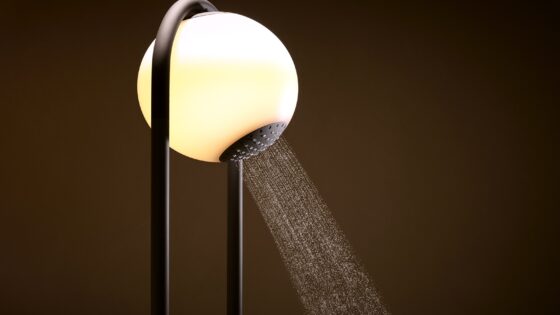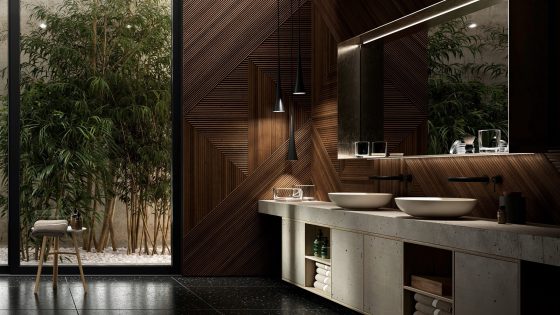Thousands of new hotel rooms have to be built every year to cater for demand in the UK. More than 7,000 will be built in London in one year alone.
According to PWC, the hotel occupancy rate in the UK’s capital is as much as 84%. With nearly 150,000 hotel rooms in London that is a lot of bookings, and the average room rate is £145. With the hotel market continuing to grow, specialist teams are put in place by developers to ensure that rooms are up to the standards that guests demand in modern, world-class facilities.
The following list from TowerEight highlights the specialist considerations that developers need to think about when building a new hotel, and how both art and science are involved in creating the perfect hotel room…
1. What To Do With Corridors
Corridors are a tricky issue in hotel developments given that they are non-revenue generating, yet still need to feature on almost all levels. A sign of a good hotel architect is the minimal use of corridors wherever possible, without compromising the design, to maximise revenue-generating space. Alternatively, corridors can be used to generate revenue, whether by showcasing artwork that can be purchased by guests or as an advertising space for food and beverage offers.
2. If Everyone Has a Bath at the Same Time…
Most boilers in hotels are oversized and only run at 60% efficiency. Even ‘green’ hotels are only able to handle 75% of the peak demand. So, with average occupancy at 84%, hotels have to hope that guests don’t all choose to have a bath at the same time. Though, with the most popular times for ablution being pre-breakfast, and pre-dinner, it must be close sometimes.
3. Wear and Tear
Hotel furnishing and fittings are gauged by “rub rate” i.e. the amount of wear they can take. Hotel designers choose a fabric for curtains and carpets by its ability to be hard-wearing. In a top London hotel, cashmere may be used for the curtains, cushions and throws, with a typical rub rate in the low thousands. In cost-conscious hotels, a wool mix carpet would be expected to be trodden on more than 2,000 times!
4. Cost Per Key
Working with hotel developers, you will frequently hear the term ‘cost per key’ as opposed to cost per sqm/sq. ft. as used in commercial/residential sectors.

5. The Environment
Increasingly, environmentally conscious hotels are utilising ‘greywater’. This is recycled (and filtered onsite) water taken from showers and reused to flush toilets. In these hotels, you have a one in two chance of having come across the same water during a long stay! However, this solution is obviously much better for the environment.
6. How Often to Paint
Hotels are typically refurbished every three to four years, dependent on the level of maintenance they receive and the planned level of fatigue for the room décor at the time of construction. Refurbished does not mean redesigned, a refurb might mean a lick of paint and a deep clean. On average, a budget hotel room may receive more than 20 tins of paint in a 10-year period, compared to more than 40 tins in one of London’s luxury hotels.
7. Clever Design Tricks
Many guests assume a little undercut to their bathroom door means it is poor fitting, but it’s actually a regular design facet of many hotels, there to help air circulation and extract moisture from the bathroom.
8. Keeping Up With Trends
Tea and coffee making facilities (TCMF) are a bit of a throwback and there is a developing trend of incorporating social hubs into hotel lobbies, receptions and surrounding pop-ups instead. We predict that TCMF will continue to reduce, or evolve into something more personalised.
9. Practical Colour Schemes
It is rare to find a hotel room with solid colours – patterns, flecks and multiple colours are nearly always used to hide wear and tear or stains!
10. Fresh Air
Fresh air to a room either comes through the window, if it can be opened, or is ducted in through the system – typically installed in the lobby. Hotels of more than three stories will rarely ever have windows that can open fully because of the threat of legal action around any unfortunate guest that tries to climb out.
11. Solving Problems
Hotels are traditionally graded by the views (i.e. sea view) so internal hotel rooms are generally perceived as a lower class and let at lower rates. The aim is to achieve 100% occupancy at maximum rate. To get around this, designers make clever use of light-boxes and light rails in corridors to imitate light, allowing hoteliers to successfully let internal rooms with no natural light. The irony of the situation is that most people check in post 5:30pm when it’s already dark outside.
12. Height Challenges
Hotel signage at high level is often installed by abseilers. A team of between two to three guys can erect a 10-metre hotel sign, more than 10 stories high, in just 48 hours.
13. Tradition
Most hotels don’t have room or floor no.13…superstition still rules!








